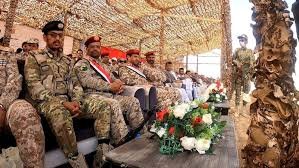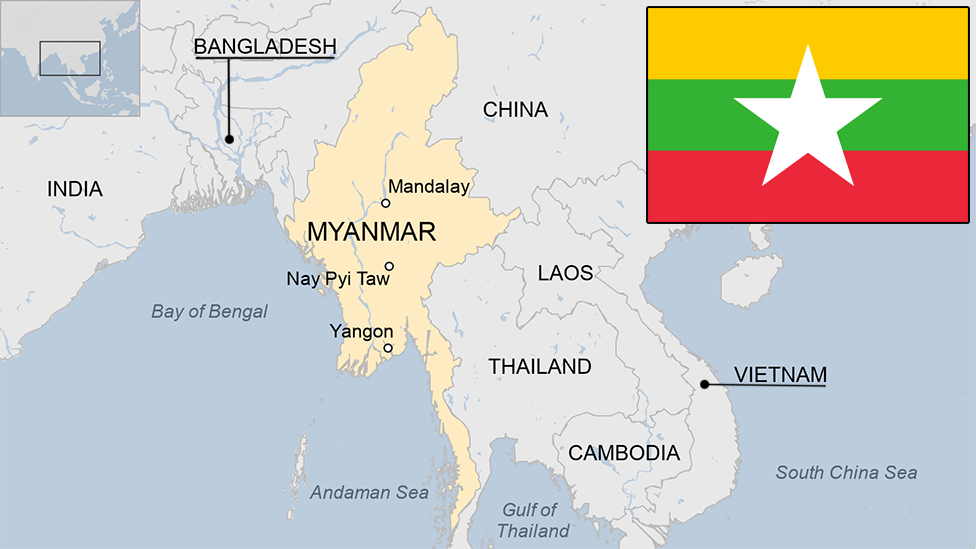In a significant development on the path to reconciliation, Armenia has transferred control of four border villages to Azerbaijan. This move is part of a broader peace initiative aimed at resolving long-standing tensions between the two nations, which have been embroiled in conflict since the dissolution of the Soviet Union.
Armenia’s Path to Peace On May 24, 2024, Armenia’s security service confirmed that its border guards had officially relocated to new positions in accordance with a border delimitation agreement. The villages of Baghanis, Voskepar, Kirants, and Berkaber were handed over to Azerbaijan, marking a pivotal step in the peace process. Azerbaijan’s Deputy Prime Minister Shahin Mustafayev corroborated the handover, stating that Azerbaijani border guards had assumed control of the settlements, known to Azeris as Baghanis Ayrum, Asagi Eskipara, Heyrimli, and Kizilhacili.
The Armenian Prime Minister, Nikol Pashinyan, had consented to this territorial adjustment in March as part of a concerted effort to forge a durable peace accord. On May 16, a redrawing of 12.7 kilometers (8 miles) of the border was completed, reflecting the return of these four uninhabited villages, which Armenia had taken over in the 1990s.
Controversy and Protests While Prime Minister Pashinyan heralded the agreement as a crucial milestone for bolstering Armenia’s sovereignty and independence, the decision has not been without controversy. Residents of adjacent Armenian settlements have expressed concerns that the transfer might isolate them from the rest of the country. They have accused Pashinyan of ceding territory unilaterally without securing any concessions in return.
The decision has sparked widespread anti-government demonstrations across Armenia. Protesters, led by Archbishop Bagrat Galstanyan, have decried what they perceive as an act of betrayal and have called for Pashinyan’s resignation.
Strategic Implications The relinquished villages, though uninhabited, hold strategic significance. They are situated near Armenia’s principal highway leading to the Georgian border, a vital artery for trade and the route for a gas pipeline from Russia.
Azerbaijan’s Stance and the Road Ahead Azerbaijan had insisted on the return of these villages as a prerequisite for a peace deal, following over three decades of conflict centered around Nagorno-Karabakh. In a dramatic turn of events last September, Azerbaijani forces launched a swift offensive to reclaim Nagorno-Karabakh, leading to the exodus of its ethnic Armenian population to Armenia.
This territorial concession by Armenia, while a setback, has also removed a significant point of contention, potentially facilitating a peace agreement that has thus far been elusive. However, unresolved territorial disputes remain, particularly concerning enclaves, with both nations continuing to demand relinquishment or access from the other.
The unfolding of these events will be closely watched by the international community, as it could herald a new era of stability and cooperation in a region long marred by conflict.















